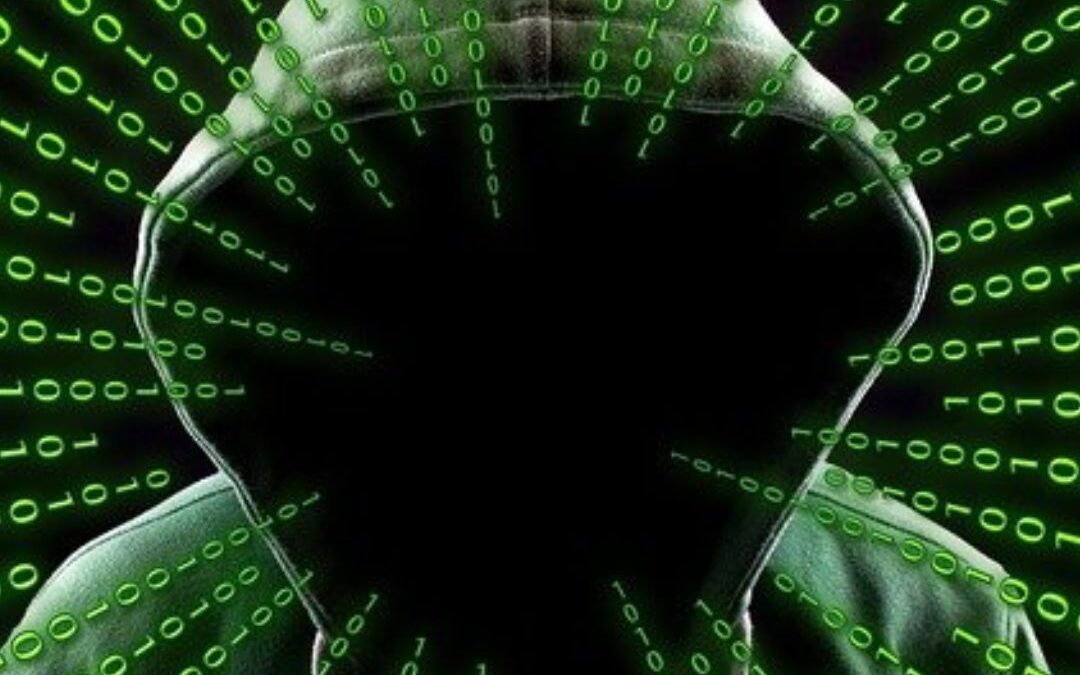Are your security camera and microphone spying on you?
Is it possible for someone to hack my smart CCTV camera?
A widely known hacking technique is to gain remote access to webcams or security surveillance cameras. It does not require any extra software or even expertise. A web browser and a few simple manipulations are all you need. In other words, if you know how to discover IP addresses and exploit the vulnerability, you may obtain access to thousands of IP security surveillance cameras.
CCTV cameras are becoming increasingly popular, particularly for security reasons. Surveillance practices, on the other hand, must be balanced against the security threats these cameras bring. For many organisations, enterprises, and individuals, video surveillance, closed-circuit TV, and IP-camera systems have become almost ubiquitous and indispensable.
Did the hackers succeed in breaking into Telsa?
Any IP device that transmits the video over the internet, such as a network camera, digital video recorder, network video recorder, or any other type of IP device, is vulnerable to hacking.
In theory, an IP camera’s username and account password protect it from being hacked. In truth, finding the username and password is no longer a tough challenge. With many IP cameras, bypassing security measures is simple once the camera’s IP address is available on the internet. For example, a group of hackers used a Silicon Valley business named Verkada to hack a significant number of IoT security cameras in March 2021. Hackers obtained access to live surveillance camera feeds at Tesla, schools, and prisons, compromising data and intellectual property.
Why aren’t my smart security cameras hack-proof?
Because IoT devices (such as IP cameras and smart TVs) are very vulnerable and easy to hack, they present a large attack surface for cybercriminals.
Attacks against IoT devices are possible because they:
- Having minimal or no built-in security protocols
- Many use legacy operating system
- Use passwords that are easy to guess and weak.
- Patching them is exceedingly difficult.
IoT devices have different features depending on the type of device, such as device functionality, operating systems, etc. They also use proprietary protocols that are complicated to understand, making it difficult for IT and network administrators to set network policies for these devices. Worse, many of these devices are unmanaged, making it difficult to monitor, view, and create policies even if they are networkable.
Smart cameras and exploitable vulnerabilities
Researchers examined the firmware of four IP smart cameras and identified exploitable flaws. Tenvis TH661, Reolink C1 Pro, Geenker HD IP Camera, and Keekoon KK005 were tested, with the Reolink C1 Pro providing the least protection against a potential attack.
Smart cameras may appear to be a security threat, yet they are an excellent tool in the battle against crime. Once known vulnerabilities have been identified and fixed, few manufacturers are interested in releasing security patches. Finding a camera with clear and timely patching and update policy is critical.
What can I do to keep my Smart Camera safe and secure?
You may protect your security cameras in a variety of ways. Some of these procedures are simple to implement, while others may necessitate the assistance of a technical expert.
- Never use a password or username that is easy to guess; instead, use a combination of alphanumeric characters, symbols, and numbers.
- Use different usernames and passwords for every device.
- Keep your camera’s firmware up to current at all times.
- IDS (Intruder Detection System) can safeguard your network.
- Block ports that aren’t in use.
- Use two-factor authentication to protect your network.
Subscribe to our newsletter to receive industry updates and free resources. Click here
Our hands-on training course will teach you how an IP security surveillance system works.

